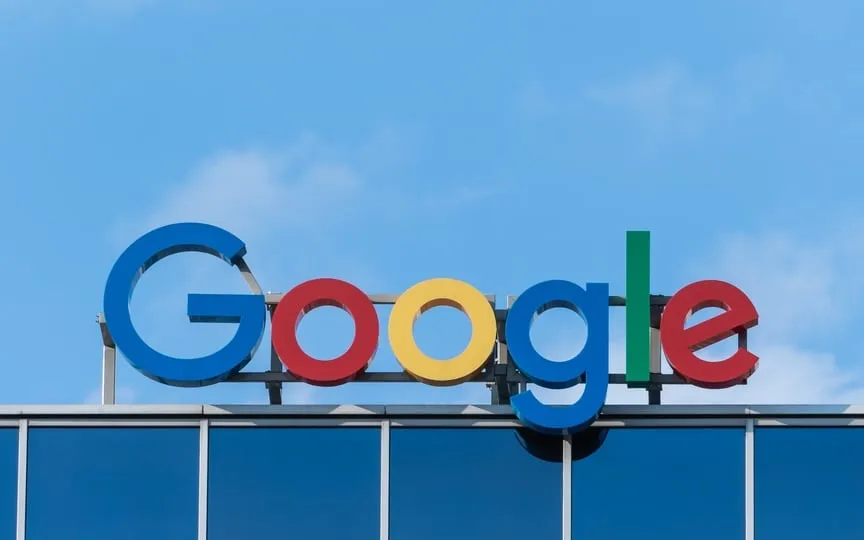Google Exec Concerned About Amazon and TikTok Attracting Users
The head of Google’s search division expressed his worries about Amazon.com Inc., which cause him sleepless nights due to the loss of users to the e-commerce giant and emerging apps like TikTok from ByteDance Ltd.
Google executive Prabhakar Raghavan testified as part of the Justice Department’s antitrust case against Google Thursday, saying young people in particular use apps like TikTok and Meta Platforms Inc.’s Instagram and WhatsApp, where they spend an average of four hours a day.
“I feel strongly that I’m not going to be the next roadkill,” said Raghavan, one of the first employees the Alphabet Inc. unit has called in its defense. For young people: “Big Google knows the answer and helps you with your homework. But when it comes to doing interesting things, they want to start somewhere else.”
The Justice Department dropped its case last week, alleging that Google illegally maintains a monopoly on web search by paying more than $10 billion a year to tech rivals, smartphone makers and wireless carriers in exchange for making it the default setting on cellphones. and web browsers. Google, in part through Raghavan’s testimony, argues that the company faces stiff competition not only from other search engines but also from other young websites on everything from entertainment to shopping to cooking.
Raghavan’s testimony echoed the idea that Google could be a “one-stop shop” for Internet search. Justice Department witnesses, including Microsoft Corp. CEO Satya Nadella, made the argument earlier in the trial. USA v. Google, which is expected to last 10 weeks, is the largest government technology monopoly trial in two decades.
Read more: DOJ Google Antitrust Case Wraps Up with Apple Deal in Middle Stage
Raghavan stressed that Google was in danger of losing market share to apps like TikTok and Instagram, especially because engaging with them is so drastically different from traditional web search behavior – going to a search engine through a web browser and typing in a query.
“The fastest growing segment of inquiries is young people using their cameras to point things out,” Raghavan said on the witness stand.
“Our user research shows where young people go, older users follow,” he added, explaining why Google has focused on TikTok. Raghavan made similar observations in 2022, citing internal Google research, stating that “something like 40% of young people, when they’re looking for a place to have lunch, they don’t go to Google Maps or Search. They go to TikTok or Instagram.”
Pandu Nayak, Google’s director of search, testified last week that Google has recently focused on TikTok to understand how younger people search for information.
“Young people in particular are increasingly turning to TikTok for their information needs, and we want to understand what they’re doing there, what they find useful, what we should be doing with Google to address that,” he said.
Amazon, the e-commerce giant, is also encroaching on Google’s search dominance.
“Users are increasingly starting their shopping journey on Amazon,” Raghavan echoed the testimony of a previous Google executive who said advertisers have moved from the search engine to the retail giant.
Google’s 2018 filing in court on Thursday pointed to overlapping products it had with e-commerce and listed risks to its business in four areas: retail, surveys, ads and cloud computing.
“They do a great job of using a closed loop to attract advertising dollars in a way that we can’t because we don’t have a closed loop,” Raghavan said.
On cross-examination, a Justice Department lawyer tried to show that there was no evidence that a person shopping more on Amazon meant they would search less on Google. He pointed to Google’s own internal research project in 2019, called Project Charlotte, which reached this conclusion.
“People who spend more time on Amazon may also be the same people who spend more time on Google,” Raghavan testified under questioning by DOJ attorney Joshua Hafenbrack. “One does not cause the other.”
Later, Hafenbrack asked how much Amazon pays Google for visible advertising exposure on the search service.
“Billions of dollars,” Raghavan said.




